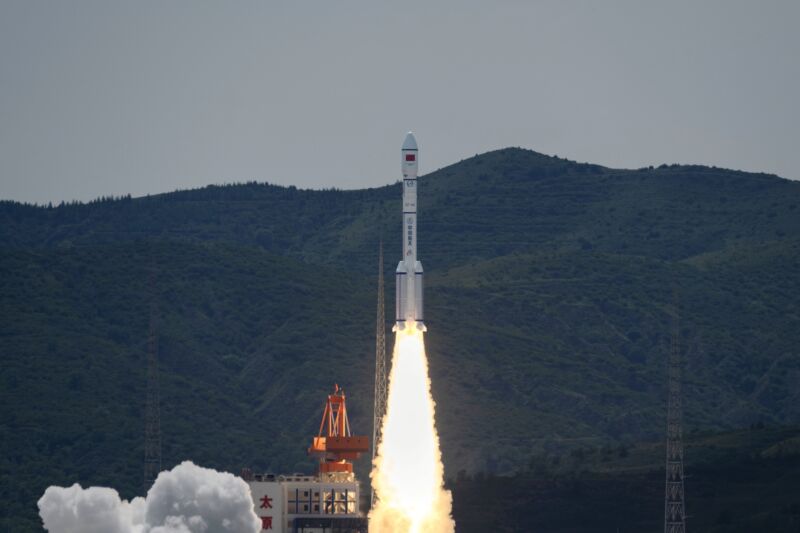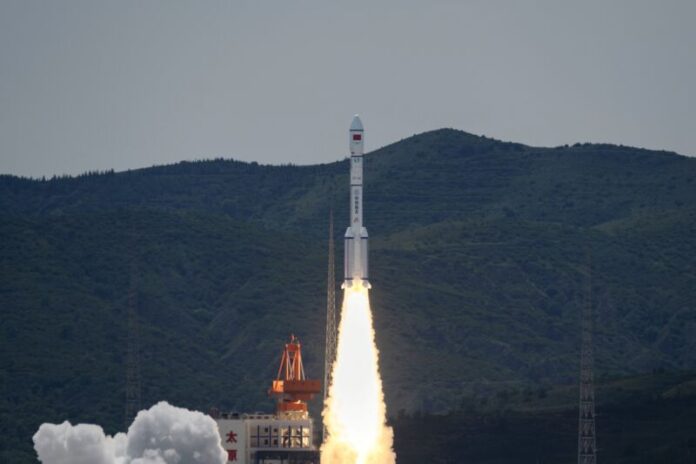
Enlarge / A Long March 6A rocket launches the first 18 Internet satellites for China's Qianfan, or Thousand Sails, broadband network. (credit: VCG via Getty Images)
Chinese officials have long signaled their interest in deploying a satellite network, or maybe several, to beam broadband Internet signals across China and other nations within its sphere of influence.
There are two serious efforts underway in China to develop a rival to SpaceX's Starlink network, which the Chinese government has banned in its territory. The first batch of 18 satellites for one of those Chinese networks launched into low-Earth orbit Tuesday.
A Long March 6A rocket delivered the 18 spacecraft into a polar orbit following liftoff at 2:42 am EDT (06:42 UTC) from the Taiyuan launch base in northern China's Shanxi province. The Long March 6A is one of China's newest rockets—and the country's first to employ strap-on solid rocket boosters—with the ability to deploy a payload of up to 4.5 metric tons (9,900 pounds) into a 700-kilometer (435-mile) Sun-synchronous orbit.
Read 18 remaining paragraphs | Comments
Ars Technica - All contentContinue reading/original-link]




